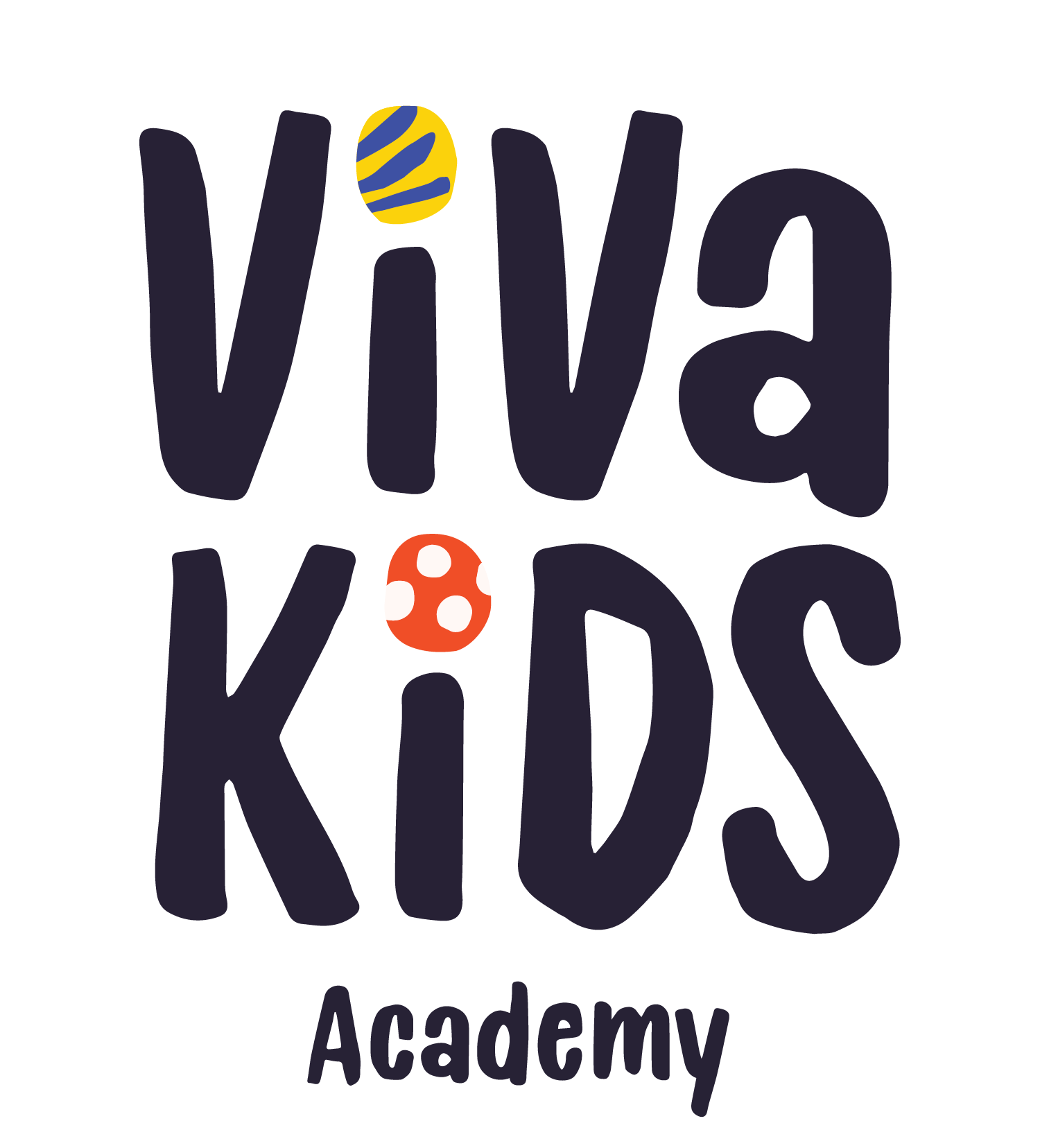What is the Reggio Emilia Approach®?
What does it mean to be “Reggio Emilia-inspired?”
To be Reggio-Emilia Inspired means that Viva Kids Academy follows the Reggio Emilia Approach® to early childhood education. The Reggio Emilia educational philosophy emerged from a city-sponsored education system serving children up to age six in Reggio Emilia, a town located in Northern Italy.
The Reggio Emilia educational system has earned worldwide recognition. International study groups of educators from around the globe gather in Italy annually to get a first-hand glimpse of this exceptional philosophy in action.
In the Reggio Emilia region, this educational approach is integrated into the fabric of the local government, community, and its people, but we can be “Reggio-Inspired” and adopt its core values and beliefs.
The Hundred Languages
The Hundred Languages of Children was written by Loris Malaguzzi, an early childhood educator who founded the educational philosophy known as the Reggio Emilia Approach. It recognizes that children have a hundred ways to share their ideas about the world around them.
Studies show that children learn in various ways – talking, writing, acting, drawing, using natural materials, and dancing. The Hundred Languages philosophy, specifically, and the Reggio Emilia approach more broadly, encourage free play to encourage each child to explore their interests in a safe and positive environment.
The Principles of Reggio-Emilia
Seven guiding principles distinguish Reggio Emilia from other child-centred approaches to education.
The Image of the Child: Every child is strong, capable, independent, curious, and full of imagination. Our program creates an environment that allows children to think, question, investigate, explore, and help navigate the learning journey.
Emergent Curriculum: Our facilitators observe and document the children’s interactions, discussions, and fascinations to develop learning opportunities. Our curriculum “emerges” from children’s interests and ideas.
The Role of the Teacher: Using the Reggio-Emilia approach, teachers are viewed as facilitators and partners in learning. The facilitator can guide children’s learning experiences and “co-construct” knowledge by listening, observing, and documenting children's work. Reggio Emilia facilitators see learning as an inspiring journey that lasts for life.
The Role of Environment: The centre environment (classrooms, shared spaces, and playground) is viewed as the “third teacher.” So, it should be designed to be imaginative and enticing, and it should respect the image of the child. Loris Malaguzzi, the founder of the Reggio Emilia approach, describes how educators view the Reggio environment and classroom “as a living organism, a place of shared relationships among the children, the teachers, and the parents… (creating) a feeling of belonging in a world that is alive, welcoming and authentic.” The environment plays such a significant role in creating a strong Reggio-Inspired program that it is often referred to as the “third teacher.”
Project Work: Our facilitators deliver this emergent curriculum through a child-led project approach so the children can thoroughly explore these areas of interest. The projects aren't planned in advance. Educators introduce and explore the project in various ways, from art to music to early language, math, science and nature experiences, so the children are excited by the learning process. This enthusiasm for knowledge and the ability to experience project work in detail fosters a passion for “life-long” learning.
Parental Involvement: Parents or guardians are integrated into their child's learning daily. Learning occurs within the centre, at home, and throughout the community. So, we encourage parents to participate in project work, special events, and the centre’s daily life. We are an integrated learning community where facilitators, parents, and administrators work together to meet the needs of the children.
Documentation: Documentation should make the learning visible to its audience by providing evidence of the children’s learning. Facilitators document the children’s work through photographs, video, written word, displays, and other creative formats to tell the story of the children’s early childhood experiences. Each child has a portfolio, including artwork, photographs, and information related to developmental milestones. Documentation notes, project boards, and daily highlights explain the children’s work and communicate the centre’s life to the community.
